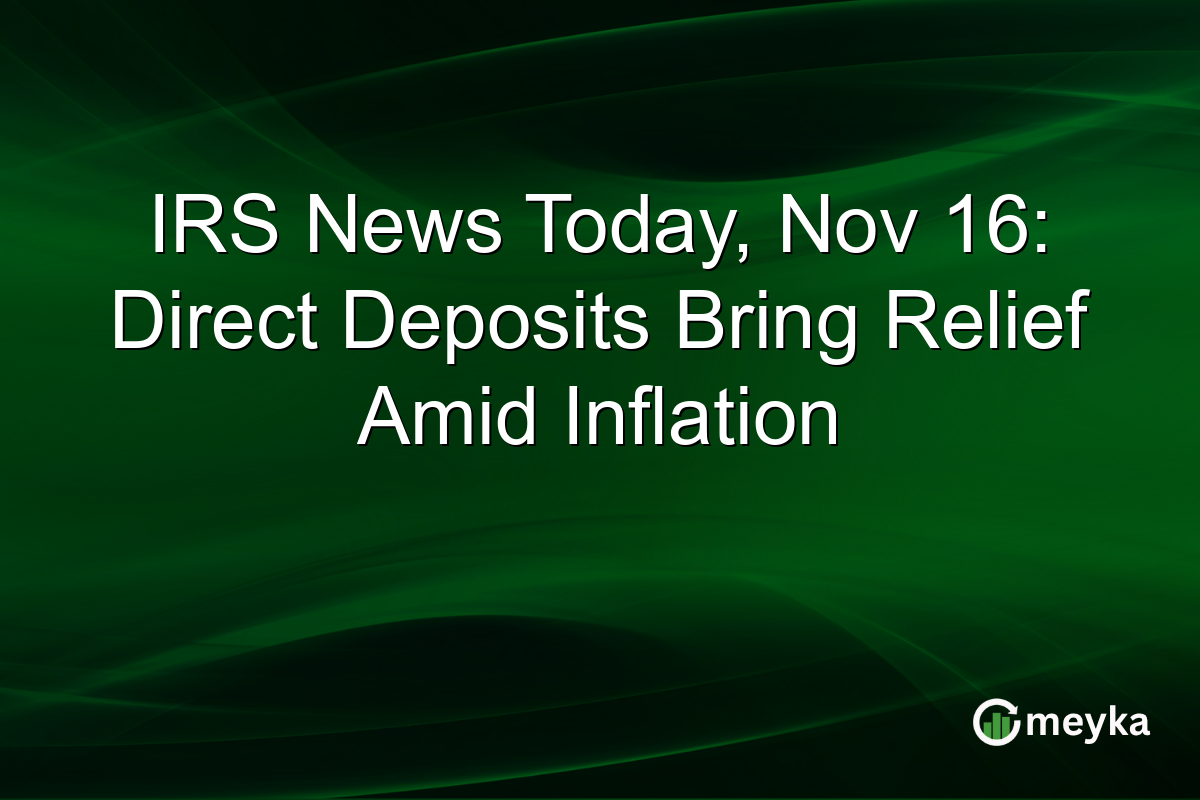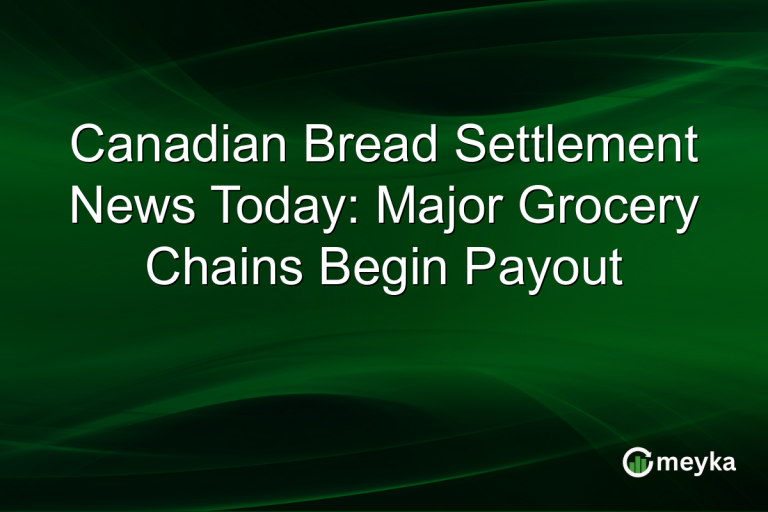IRS News Today, Nov 16: Direct Deposits Bring Relief Amid Inflation
As inflation continues to strain household budgets across the United States, the IRS has announced a significant initiative to help mitigate financial pressures. Starting in November 2025, eligible Americans will receive $2,000 direct deposits. These payments are not labeled as stimulus checks but are intended to provide much-needed financial relief. By focusing on income and tax status, the IRS aims to aid low- to middle-income families and social security beneficiaries who are most affected by rising living costs.
Understanding the IRS Direct Deposit Initiative
The IRS direct deposit 2025 initiative comes at a crucial time when inflation rates have soared to over 5% this year. This payment plan seeks to cushion the economic blow many families are facing due to higher prices for essentials like food and housing.
The IRS plans to distribute these payments automatically to those who meet specific income and tax criteria. This includes individuals earning less than $50,000 annually and households under $100,000. Social security beneficiaries also qualify, reflecting a broad attempt to assist vulnerable populations effectively.
Eligibility Criteria for Receiving Payments
Knowing who qualifies for these direct deposits is crucial for understanding their impact. According to the current IRS eligibility criteria, individuals must have filed their most recent tax return, showcasing income within the specified limits. Additional rules apply to non-tax filers who receive social security benefits, ensuring they aren’t left out.
This approach aligns with previous efforts to use tax data to efficiently disburse funds. Such initiatives underscore the importance of maintaining up-to-date personal and tax information to receive timely financial aid. See more details on eligibility.
Impact on American Households
The November 2025 payment initiative is expected to have an immediate positive impact on household finances. By injecting $2,000 into eligible accounts, the IRS hopes to alleviate some of the economic burdens currently facing millions of Americans.
This move is part of a broader strategy to stabilize consumer spending and foster economic resilience. Given that inflation continues to erode purchasing power, these deposits are envisioned as a lifeline, particularly for essential expenses like groceries and utilities. The timely nature of these payments could translate into increased financial stability for recipients, helping them navigate ongoing economic challenges.
Government Strategy and Public Reaction
Public opinion regarding the IRS’s plans appears generally positive, with many seeing it as a necessary intervention during tough economic times. However, some concerns remain about whether this measure alone can address broader inflationary pressures.
Media and social platforms reflect a mixed sentiment, with some users praising the initiative and others questioning its sufficiency in the long run. The government’s approach, focusing on immediate relief without escalating long-term debt, is crucial for maintaining fiscal balance while supporting citizens effectively. Explore public reactions.
Final Thoughts
The IRS’s $2,000 direct deposits in November 2025 represent a strategic effort to provide financial relief amid rising inflation. By focusing on specific eligibility criteria, this initiative aims to assist those most affected by economic challenges, offering a temporary yet significant boost to their purchasing power.
While the payments are not a panacea for all economic woes, they do provide a crucial stopgap for millions dealing with the adverse effects of inflation. Looking ahead, continuous evaluations of such initiatives can inform future policy decisions, ensuring that aid is both timely and effective.
Investors and policymakers alike will be closely watching the outcomes of this distribution to gauge its impact on household spending and overall market stability. The balance between immediate aid and long-term economic strategies will remain a focal point for future governmental planning.
FAQs
Eligibility for the IRS direct deposit 2025 includes individuals earning less than $50,000 annually and households with incomes below $100,000. Social security beneficiaries are also eligible, provided they meet specific tax filing requirements.
Direct deposits will be sent directly to bank accounts or via mail checks for those without direct deposit setups. Recipients must have updated their tax returns to reflect current financial information and ensure timely delivery.
The main goal of the $2,000 IRS deposits is to provide financial relief amid inflation and rising living costs. These payments aim to support low- to middle-income families and social security beneficiaries, enhancing their ability to manage essential expenses.
Disclaimer:
The content shared by Meyka AI PTY LTD is solely for research and informational purposes. Meyka is not a financial advisory service, and the information provided should not be considered investment or trading advice.






